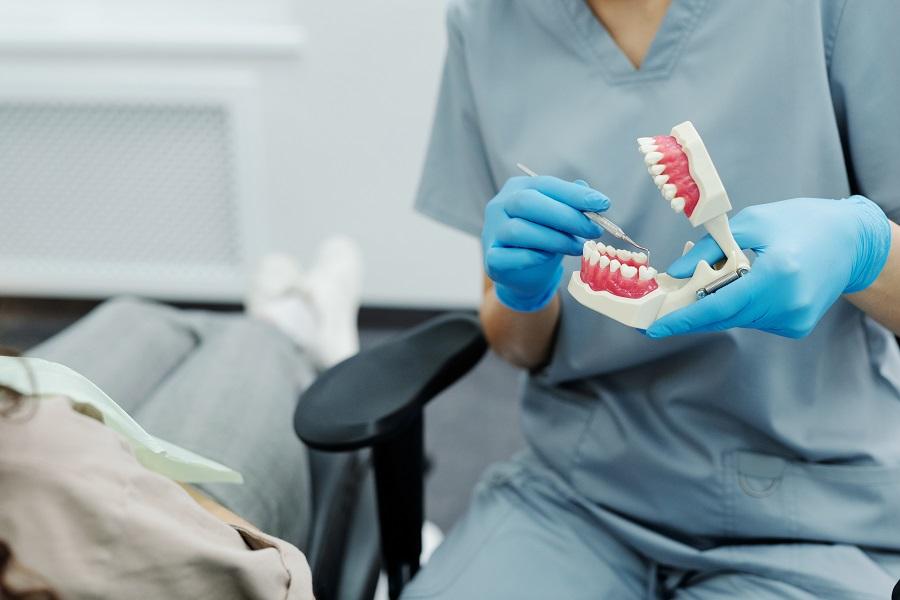Understanding the Need Scaling and root planing
Deep Cleaning: Scaling and Root Planing
Understanding the Need Scaling and root planing, commonly known as deep cleaning, goes beneath the gumline to address gum disease.
A continuous layer of bacteria, known as plaque, forms on your teeth. If not effectively cleaned, this bacteria can inflame the gums. The result? Your gums recede from your teeth, creating pockets. These pockets can trap plaque, which becomes inaccessible through everyday brushing. If not addressed, gum disease may result in tooth and bone loss.
For early-stage gum disease where there's no damage beneath the gumline, a standard professional cleaning suffices. But if those pockets become too deep, scaling and root planing become necessary.
A 2015 research piece in the Journal of the American Dental Association highlighted the effectiveness of this procedure for those with chronic periodontitis, an advanced form of gum disease. Notably, this condition impacts 47.2% of U.S. adults over the age of 30.
What Does the Procedure Entail?
Scaling and root planing comprise two phases. During scaling, dentists meticulously remove plaque and tartar, both above and beneath the gumline, ensuring the base of the pocket is cleaned. Following that, root planing is done to smoothen the tooth roots, promoting reattachment of the gums to the teeth. The entire procedure might span multiple sessions and could involve a local anesthetic.
Post-Procedural Care
Post this deep cleaning, you might experience pain for a couple of days and teeth might be sensitive for up to a week. Gums could be swollen, tender, and even bleed.
To mitigate the risk of infection, manage pain, or expedite healing, dentists might recommend pills, mouth rinses, or even insert medication directly into the cleaned pocket.
A follow-up is arranged to evaluate gum healing and pocket depth. If pockets deepen, further intervention might be necessary.
To deter gum disease progression or recurrence, adopt robust dental hygiene at home. This includes brushing with a soft bristle brush twice daily, daily flossing, maintaining a balanced diet, abstaining from tobacco, and scheduling regular dentist appointments.
